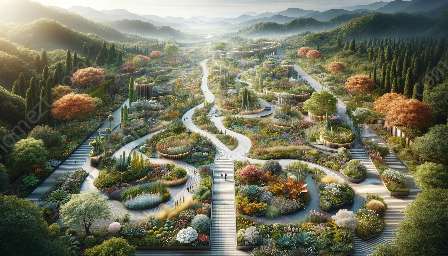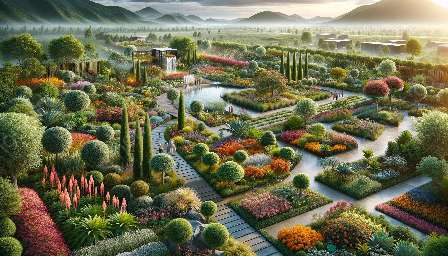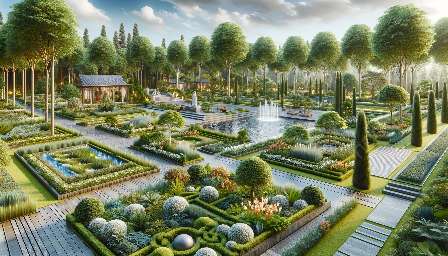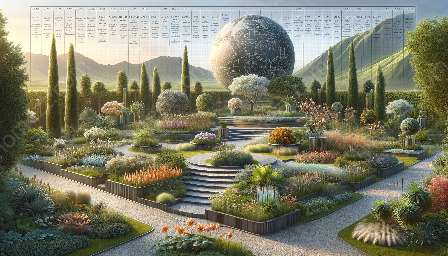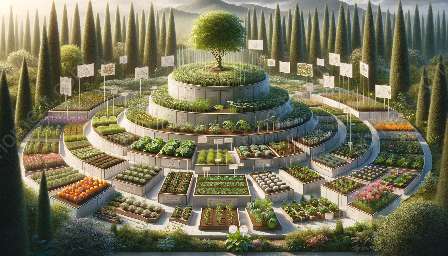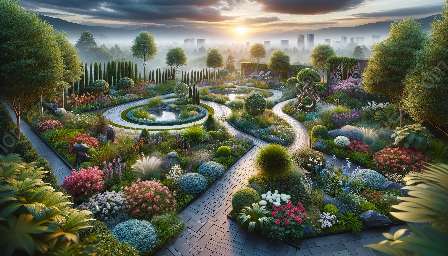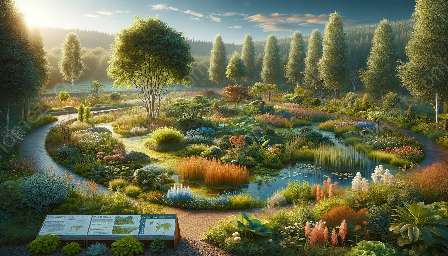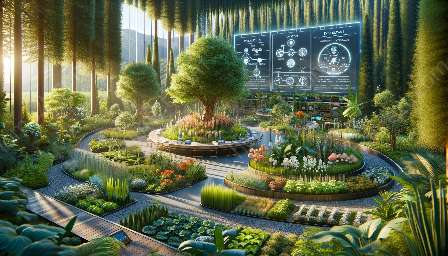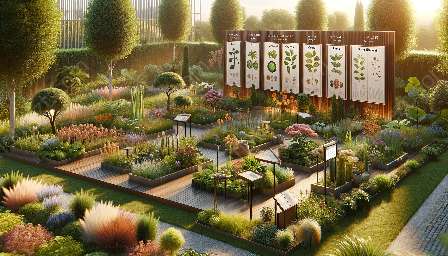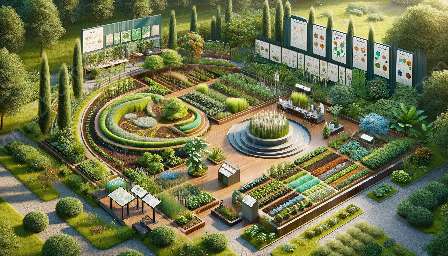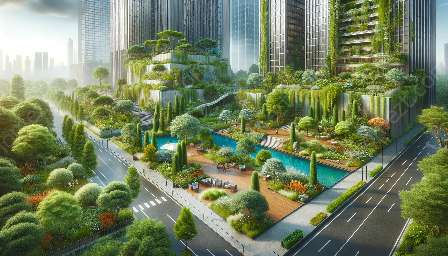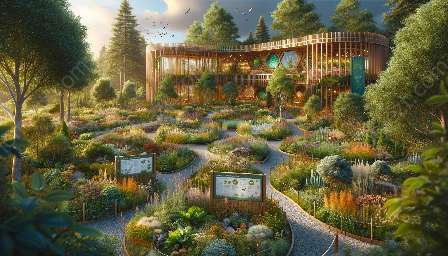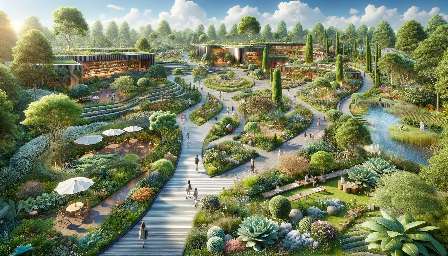Landscape architecture is a multi-disciplinary field that combines art, science, and environmental stewardship to create beautiful and functional outdoor spaces. It involves the design, planning, and management of both natural and built environments to achieve aesthetic and sustainable outcomes.
Landscape Architecture: Blending Art and Science
Landscape architecture is a profession that encompasses a wide range of skills and expertise. It involves understanding the natural environment, human behavior, and the principles of design to create landscapes that connect people with nature. Landscape architects carefully consider ecological factors such as climate, soil, and vegetation to create sustainable and resilient designs.
One of the key principles of landscape architecture is the harmonious integration of human needs with the natural environment. It involves creating outdoor spaces that not only look beautiful but also serve practical functions for the people who use them. Whether it's designing a public park, a private garden, or a botanical garden, landscape architects strive to create spaces that enhance the quality of life for individuals and communities.
Botanical Gardens: Showcasing Nature's Diversity
Botanical gardens are living museums that showcase a diverse collection of plants from around the world. These carefully curated gardens provide visitors with the opportunity to experience the beauty and wonder of plant life in a designed setting. Landscape architects often collaborate with botanical garden curators to design and plan the layout of these gardens, ensuring that the plants are displayed in the most visually appealing and educational manner.
Designing a botanical garden requires a deep understanding of plant biology, ecology, and sustainability. Landscape architects work hand-in-hand with horticulturists and botanists to create immersive landscapes that educate and inspire visitors. From themed gardens to educational exhibits, botanical gardens offer a glimpse into the beauty and diversity of the natural world.
Gardening & Landscaping: Connecting People with Nature
Gardening and landscaping are essential components of landscape architecture, allowing individuals to connect with nature on a personal level. Whether it's cultivating a small urban garden or designing a large-scale landscape, the principles of landscape architecture can be applied to create beautiful and functional outdoor spaces.
While gardening involves the cultivation of plants for food, aesthetics, or recreation, landscaping focuses on the design and planning of outdoor spaces to enhance their functionality and beauty. Both gardening and landscaping are integral parts of creating sustainable and visually appealing environments, and they often draw inspiration from the principles of landscape architecture.
About Sustainable Design and Conservation
One of the core values of landscape architecture is the promotion of sustainable design and conservation. This involves creating outdoor spaces that are not only visually stunning but also environmentally responsible. Sustainable design principles such as water conservation, native plant selection, and ecological restoration are central to the work of landscape architects.
By integrating sustainable practices into their designs, landscape architects play a crucial role in preserving natural ecosystems and enhancing the resilience of human-made landscapes. From rain gardens that capture and filter stormwater to green roofs that reduce energy consumption, landscape architects leverage their expertise to create outdoor spaces that benefit both people and the environment.
Conclusion
Landscape architecture is a dynamic and rewarding profession that merges art, science, and environmental stewardship. It encompasses a wide spectrum of disciplines, including botany, horticulture, ecology, and design, to create outdoor spaces that enrich the human experience.
By understanding the principles of landscape architecture and its relationship with botanical gardens, gardening, and landscaping, individuals can gain a deeper appreciation for the beauty and functionality of outdoor environments. Whether it's exploring the diverse plant collections in a botanical garden or creating a sustainable landscape at home, landscape architecture offers endless opportunities to connect with nature and enhance the world around us.

